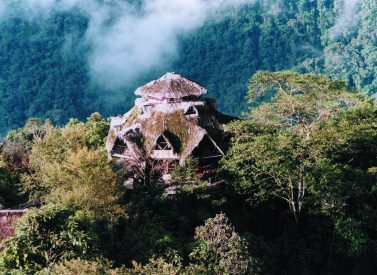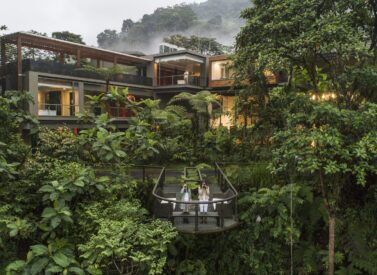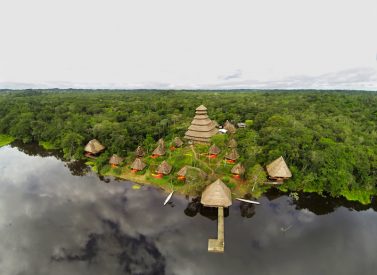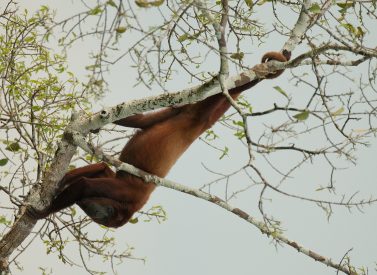
Maquipucuna Cloud Forest Lodge Tour
At the heart of the Ecuadorian cloud forest lies the Maquipucuna Reserve.
A great variety of species reside at Maquipicuna, many of them endangered and/or endemic.
There are around 2,000 plant species, more than 349 bird species and more than 50 species of mammals.
Toucanets, spectacled bears, armadillos can all be seen, as well as an active Cock-of-the-Rock Lek.
More on Maquipucuna tours
Situated only 50 miles from Quito, Maquipucuna has around 15,000 acres of primary and secondary forest and is located within the Choco Andean Bioregion.
The Maquipicuna Foundation was established in 1988 as a nonprofit local organisation, with the vision of working on biodiversity conservation and sustainable management of natural resources in Ecuador.
There is also a Research Station that provides basic laboratories and accommodation for 20 scientists, naturalists and volunteers and a camping area for those who are looking for a deeper contact with nature.
Trip Highlights
Print Share Download as PDF-
Birding, orchid and butterfly gardens and waterfalls.
-
More than 30 km of trails for day and night hikes.
-
Chance to see Andean Spectacled bears at a walking distance from the lodge.
-
Swim in pristine rivers and pools, at one with nature.
-
Spot humming birds - more than 4% of the entire world's species live in the wildlife reserve.
-
Easily accessed from Quito, with lovely, comfortable accommodation.
The highlight was a whole family of spectacled bears. The male was up one tree and the female and two cubs were up another, I managed several reasonable photos.
I stood and watched them interact for 20 minutes - what a privilege!!
I also managed to photograph some beautiful humming birds.
P. Norwood, Maquipucuna
Full Itinerary
Day 1: Transfer from Quito to Macqipucuna, guided activities. (L,D)
Transfer from your hotel in Quito to Maquipucuna reserve.
Arrive late morning and either relax before lunch or build up an appetite by taking one of the nature walks that extend across the reserve. Over a hearty lunch you can work out the rest of the day’s activities with your guide, who will tailor your activities according to what you would like to do.
Why not set off hiking one of the 7 trails through the forest, take a refreshing dip in the rivers and waterfalls nearby, or visit the orchid garden.
And after a delicious dinner you can choose to relax with a Chocolate Massage (not included) – before falling asleep to the sounds of the cloud forest at night.
Day 2: Forest walks, birdwatching. Optional tours to coffee plantation or Tulipe archeological site. (B,L,D)
Optional early morning bird hike, a great chance to some of the hundreds of species of birds that nest right outside the lodge. Breakfast with the humming birds and then activities of your choice.
Several hiking trails still await (including a self-guided trail), and you can choose one of many optional tours (at extra cost and by prior booking), such as visiting the archaeological site of Tulipe (pre-Inca ruins), visiting sustainable development projects in the village or exploring Maquipucuna’s very own organic coffee plantation where award winning shade-grown coffee is produced.
In “bear season” you may wish to add a Spectacled Bear Safari to spot the elusive creatures. (July-Feb, with Oct-Dec often busier).
For more active additional activities try ziplining or canopy climbing (optional).
Lunch and the chance for a siesta in one of the many hammocks, before exploring more of the reserve.
Day 3: Various activity options, transfer back to Quito (B)
Optional early morning bird hike, then breakfast and a last chance to enjoy the beauty and tranquility of the Maquipucuna reserve before your transfer back to Quito.
Prices From $510 / £415 per person
What's Included?
Shared shuttle round trip transportation from hotels in Quito, double room with shared bathroom, all meals, entrance fee to the protected area, shared local bilingual bird guide.
What's Not Included?
International flights, tips, alcoholic or soft drinks, insurance, personal items.
Accommodation
The lodge is made with traditional materials and there is a choice of rooms with private or shared bathrooms, all with hot water.
The dining area is surrounded by humming bird feeders offering a unique opportunity to see these beautiful birds up close. The bar area includes hammocks and stunning views over the reserve.
Below are the accommodation options we offer:
Tulipe House
This classic accommodation offers four suites with amazing views of the forest. Each room has double beds and private bathrooms. This joins the Umachaca House by a covered bridge.
Ayllu House (families)
Families or small groups of friends can have a little more privacy at this classic cabin, which is located 5 minutes from the main Umachaca lodge. The cabin can comfortably sleep up to 6 guests and offers two private bathrooms
Umachacha House
For the true nature lovers, the open, comfortable Umachaca House is ideal. The Umacha House sleeps up to 18 guests with double or family bedrooms with shared bathroom facilities.
Cachillacta House
This luxurious cabin overlooks the crystal clear Umachaca river and is a minute’s walk from the main lodge. Two independent spacious suites feature their own private bathroom and balcony and furniture for relaxing.
Tour Staff
Local, bilingual English-Spanish guides will show you around the cloud forest.
Your guides will tailor your activities according to what you would like to do. Options include hiking, mountain biking and swimming in rivers and a wonderful waterfall.
There are expert bird guides (extra cost) for anyone that wants a private/specific bird watching tour.
The lodge is staffed by friendly people from the local communities, under the management of the Maquipucuna Foundation.
Meals
Delicious and freshly made home cooked meals are served daily, including freshly brewed specialty Arabica coffee produced in Maquipucuna.
Maquipucuna’s cooks are known for their ability to prepare tasty meals for different types of food preferences and can easily cater to any food restrictions – please ask for more.
Many locally sourced fruits and vegetables and salads are used.
Meals are prepared in an open plan kitchen using the best of local and international recipes and ingredients.
Activity Level
You need to have a reasonable level of fitness for the trip, as the fitter you are, the more you will enjoy it.
The trip is open to anyone with a positive attitude who wants to walk in a stunning cloud forest.
As some people are bird watchers, there are times when you spend a while sitting still, but also may need to walk a few kms to get to the best spots.
Because the itinerary is flexible, and you can relax at the lodge birdwatching, the trip is open to all.
Practical Information
Introduction to Ecuador
Ecuador is the second smallest South American country, and one of the most varied.
It comprises three main geographical areas: the coast, highlands and Amazon plus is home to the Galapagos Islands.
Because of its relatively compact size, it makes a great holiday destination as you can move from highlight to highlight fairly easily and rapidly.
Geography of Ecuador
Landscapes vary from the drier south to the more humid north.
The Highlands, or sierra, encompass two Andean Cordilleras (the Central and Western), which run north to south through the country. Ecuador’s largest volcano is Chimborazo (6,310m) whose summit, because of its proximity to the equator, is the closest point on earth to the sun. Several of Ecuador’s volcanoes are still active, and it’s a great area for trekking.
Descending the steep, east-facing slopes of the eastern Cordillera, one passes through a transition zone comprising dense cloud forest and humid high jungle, before entering the Amazon lowlands.
This mainly primary rainforest covers a third of the country, accounts for 5% of the population and stretches across Ecuador, from its Colombian to its Peruvian borders.
The Galapagos Islands are simply unique. Lying 600 miles off the mainland, the archipelago comprises the summits of gigantic equatorial volcanoes.
The flora and fauna of the Galapagos, long separated from their continental cousins, have evolved differently. Charles Darwin used his observations there to develop his theory of Evolution.
Weather in Ecuador
Ecuador lies between latitudes 4º south and 2º north. Overall, climate varies according to time of year, altitude and region.
The Sierra
In the Ecuadorian highlands, there is little temperature variation by season as temperature depends largely on altitude.
In Quito, shade temperatures range from 6 to 10ºC in the morning and from 19 to 23ºC in the afternoon, with cool nights. In the lower basins between mountains, it gets significantly warmer.
Rainfall depends on whether an area lies closer to the eastern or western Andes. To the west, June-Sept is the dry period and Oct-May the wet (with often a short, dry spell in Dec or Jan).
The best period to visit Quito and trek and climb volcanoes such as Cotopaxi is the west Andean dry season of June-Sept and Dec/Jan. This is also Ecuador’s high season. During the Oct-May wet season, most rainfall is in the afternoons.
To the east, Oct to Feb are dry and Mar-Sept are wet. Overall, the southern highlands are drier than the northern highlands.
The Coast
On the Pacific coast, rainfall becomes less from north to south. The coast can be enjoyed year-round, although from June-Sept mornings are often grey with the garua mists.
Jan-May is the hottest and rainiest time of year.
The Amazon
In Ecuador’s Amazonian region, rain can fall at any time, but Dec-March is usually the driest season and Mar-Sept is usually the wettest period.
The Galapagos Islands
Galapagos can be visited at any time of year.
The warm season is Jan-Jun, bringing calm, warm waters (around 70°F) and sunny days (72-9°F or 22-32°C), February and March being the hottest and sunniest months with blue skies and sunshine.
The islands receive slightly more rainfall during these months, occasional heavy bursts in the afternoon. Great for snorkelling and you can spend a lot of time in the water without wetsuits, with great, clear waters.
The dry ‘garua’ season is Jun-Dec an it’s a great time for marine life. August and September are the coolest when you may need a jacket in the evenings and the sea can be choppy and temperature drops around 15-24ºC on average.
There can be mist on the islands in the mornings (garua) which usually burns off by midday leaving overcast skies or a sunny afternoon.
Sea temperatures may drop to 60°F- 72°F (15-22°C) during this time and snorkellers will want a wet suit for prolonged periods in the sea.
Kit list
Good kit is vital for every trip.
Book with Andean Trails and get 15% off Páramo’s fantastic ethical and high performance outdoor gear.
It can be very warm in the day, and you can wear shorts and t-shirts, although there are biting insects, so covering up with long cotton shirts and trousers is recommended.
At night, it can get chilly, so you will need a variety of clothing.
Detailed kit list
- The original and a photocopy of your passport.
- Good binoculars.
- Tight-weave, light weight long trousers.
- Quick dry socks.
- Rain suit or long poncho (100% waterproof – test before you leave home).
- Long-sleeved tight-weave shirts – not cotton.
- T-shirts – not cotton.
- Jumper or fleece, also consider thermals if you feel the cold and want to pack light.
- A bottle or canteen to carry water on outings (1-2 litres).
- Sunscreen (factor 40+) and lip salve.
- A broad-brimmed hat.
- Warm, fleece hat and gloves for evenings.
- 1 pair of shorts.
- Sunglasses with UV filter.
- A pair of trainers.
- Ankle high, hiking boots.
- Insect repellent.
- Towel & wash-kit.
- Wet Wipes/antiseptic hand-wash cream.
- Head-lamp (plus spare bulb and batteries).
- Personal first-aid kit to include: painkillers, plasters (band-aids), moleskin, anti-biotic cream, general antibiotics (ask your GP), after-bite (tiger balm), anti-diarrhoea tablets, throat lozenges, re-hydration salts & personal medication.
- Cash (small denomination bills) for souvenirs at the lodge, alcoholic beverages, etc.
- A small day pack, 30 litres.
- Camera and film / memory cards (take at least twice the amount you think you will need!).
- Book, e-book, mp3 player/ipod or other to help pass the time.
- Spanish/English phrasebook.
- Extra snacks i.e. cereal bars or favourite chocolate bars.
Miscellaneous others
- Money belt.
- Passport.
- U.S. dollars cash, mixed-denomination notes, undamaged and unmarked.
- ATM cash/credit card.
- Any inoculation certificates.
- Personal & medical insurance certificates.
- Presents e.g. Postcards from home.
- Comfortable clothes for travel, smart clothes for night life in cities.
Please note: Guests should arrive in clothes which they do not mind getting slightly dirty or wet, and should wear footwear that is suitable to walk on a rainforest trail. Sun cream, insect repellent, hat and waterproof clothing should be carried in hand luggage and kept accessible for the journey to the lodge.
You may want to keep your binoculars and camera handy, too.
All bedding, toilet paper etc. is provided at the lodge.
ATOL holiday protection
Andean Trails has 25 years of experience of putting together the best South America holidays.
We pay a fee to the CAA for every licensable passenger we book since we hold an Air Travel Organiser’s Licence granted by the Civil Aviation Authority. In the unlikely event of our insolvency, the CAA will ensure that you are not stranded abroad and will arrange to refund any money you have paid to us for an advance booking.
We also offer ATOL (Civil Aviation Authority) protected holidays to give our customers peace of mind when booking and travelling.
When you buy an ATOL protected air holiday package from Andean Trails Ltd you will receive a Confirmation Invoice from us confirming your arrangements and your protection under our Air Travel Organiser’s Licence number 6275.
You can read more about ATOL, who is covered and what protections you have if not ATOL-covered, on our ATOL page.
What is ATOL?
The CAA’s ATOL scheme offers protection to your money and your holiday if you book with us. Not everybody is covered (see ‘Who is covered?’ for more), as you must purchase an ‘air package holiday’ with Andean Trails to be protected.
And ‘air package holiday’ is defined as including a flight and some ground services (hotel, transfer, trek etc). This is also known as an ‘ATOL-protected holiday’.
Who is covered?
To be covered by ATOL, you must book a flight and some ground services with us and be from the UK. If you are from the UK and only book ground services and no flights, you are not covered by ATOL (see below for more on how non-ATOL clients are covered).
If you are outside the UK and buy flights with us, you will be ATOL protected IF any of the flights booked with Andean Trails touches/stops in the UK at any point during your holiday package booked with us.
If you buy your flights elsewhere, please check with that agent if you are ATOL protected. Be careful with online flight purchases and make sure you know what protection you have, if any, before paying for flights.
Not all holiday or travel services offered and sold by us will be protected by the ATOL scheme. Please ask us to confirm what protection may apply to your booking.
For land only holidays not involving any air travel, in accordance with “The Package Travel, Package Holidays and Package Tours Regulations 1992”, all UK passengers booking with Andean Trails Ltd. are fully protected for the initial deposit and subsequently the balance of all money paid to us, arising from cancellation or curtailment of travel arrangements due to the insolvency of Andean Trails.
I’m not ATOL covered, what protection do I have?
If you are not ATOL covered, any payments you make to us go to a Trust account.
We can only access this money once your tour has been completed, meaning that if anything happens to Andean Trails Limited while you are on holiday, then your money is secure and you can either complete the trip or be able to make it home.
If you pay for your holiday with a credit card, some offer payment protection – please check with your cardholder.
You also should have cancellation protection written into your insurance (which we recommend you have at the time of booking) in case you need to cancel.
Ecuador’s Amazon rainforest
Some 40% of Ecuador’s and is covered by Amazon rainforest.
As well as being rich in wild life, Ecuador’s rain forest is still home to a multitude of indigenous tribes, some of which have opened their communities to ecotourism.
A 4 or 5-day visit to one of the quality lodges will allow you to venture into beautiful primary forest.
Native guides lead you on verdant forest trails where you will see monkeys, tortoises, frogs and an array of birds including toucans and macaws.
Large mammals like jaguar, tapir and giant anteater have been spotted, but are elusive.
Ecuador’s Cloud Forest
Ecuador’s cloud forest covers its rolling hillsides as they descend from the high Andean plateaus into the rain forest or down to the Pacific coast.
Most of this tropical forest lies between 1,200-2,700m/3,937-8,858ft above sea level, an evergreen, lush and moist forest, teeming with bird and insect life.
Much of the cloud forest is readily accessible from Quito making it perfect a 2 or 3-day stay.
There are many lodges with virgin forest, home to a dazzling variety of hummingbirds, refreshing waterfalls for swimming, zip lining and wildlife walks.
The humming birds, Cock of the Rock and the chance of spotting larger mammals such as the spectacled bears are just some of the attractions of spending some time in this amazing ecosystem.
Cotopaxi, Ecuador
Cotopaxi National Park is dominated by the almost perfect cone shape of Cotopaxi (5,897m/19,347ft), an active volcano and the second highest mountain in Ecuador after Chimborazo.
The national park is well worth a visit for trekking in the foothills, climbing smaller peaks like Ruminahui, downhill mountain biking, horse riding or just enjoying the National Park itself.
The surrounding páramo is good for bird watching – you may see condors soaring above.
There are lots of lovely hacienda and mountain refugios to stay at in and around the park, and from which there are a variety of walks, horse rides and bike rides for all levels.
Ingapirca Ecuador
Ingapirca (meaning wall of the Inca) is just an hour from Cuenca and is the most important Inca archaeological site in Ecuador.
The site is in good condition and consists of a main elliptical building thought to be a sun temple, with typical Inca features such as trapezoidal doorways and niches.
There are Inca trails leading to and from the site, so you can visit on a day trip or incorporate a visit as part of a trekking itinerary.
You can travel here from Cuenca, or make it part of a trip from Baños to Cuenca.
Quito, Ecuador
Ecuador’s vibrant capital Quito sits in a stunning location, surrounded by snow capped volcanoes and many of the high peaks of the Andean sierra.
There is plenty to do for visitors of all ages and interests. The old town of Quito is a UNESCO world heritage site, with many beautiful churches and colonial facades, a wonderful range of museums and picturesque squares.
For an over view of the city and along the Avenue of volcanoes to north and south and to help with acclimatising try taking the Teleferico (cable car) up the eastern slope of Pichincha volcano.
At night Quito is a lively city. Head to the modern Mariscal area where tourists and locals alike find a great range of restaurants, bars and night clubs.
Prices From $510 / £415 per person
2025 guide price, per person, based on two people travelling together
Umachaca shared double room with private bathroom & transport to and from Quito
Upgrades available
Shorter/longer stays possible
Single supplement applies
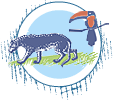
Dates & Prices
Prices From $510 / £415 per person
2025 guide price, per person, based on two people travelling together
Umachaca shared double room with private bathroom & transport to and from Quito
Upgrades available
Shorter/longer stays possible
Single supplement applies
Can’t find what you’re looking for? Get in Touch
+44 (0)131 378 5593
+44 (0)131 554 6025



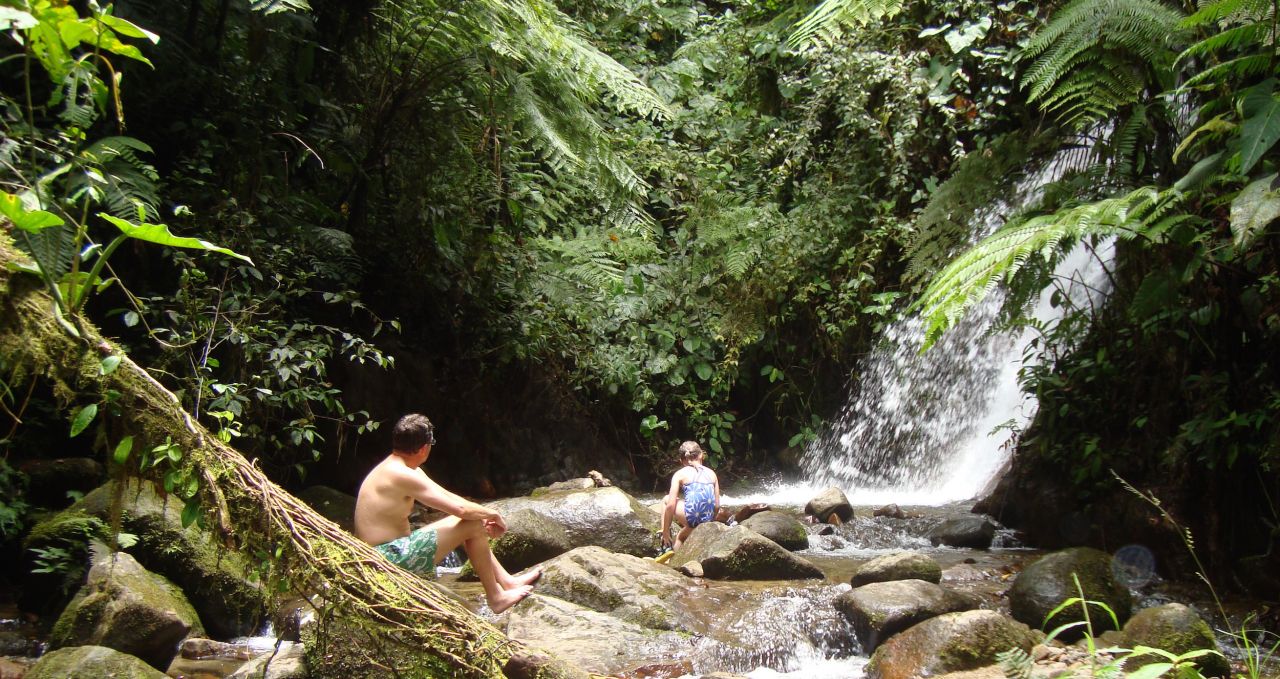
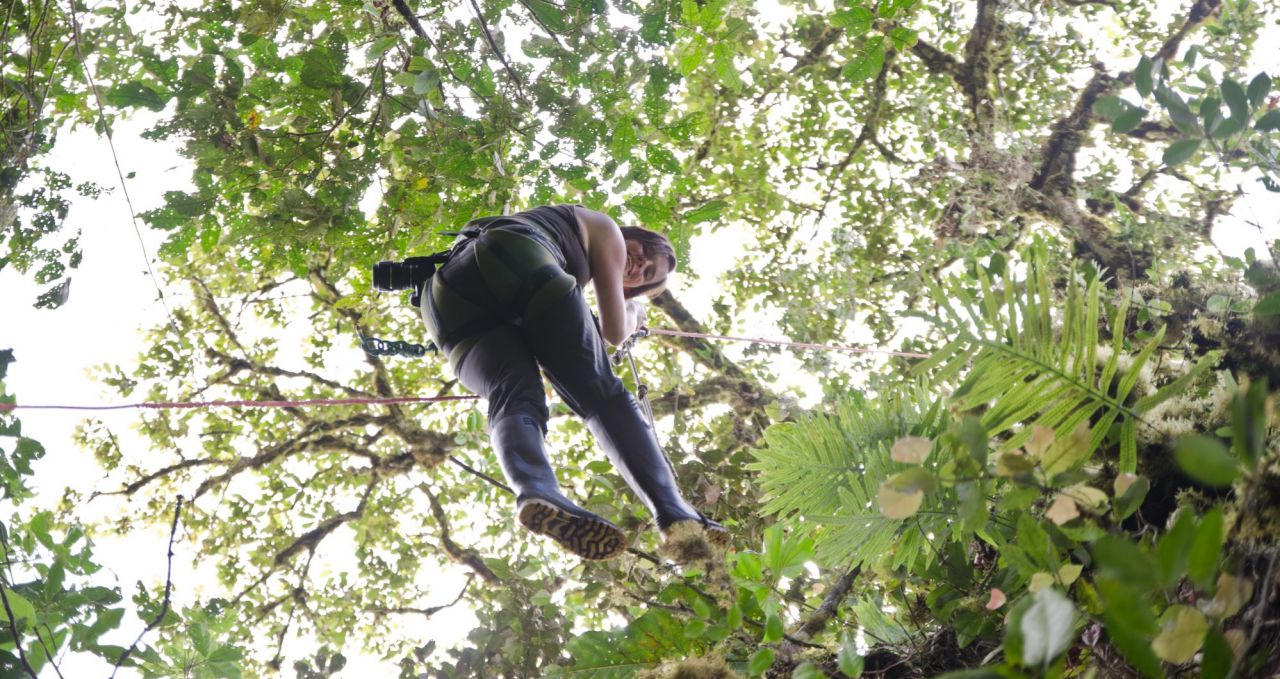
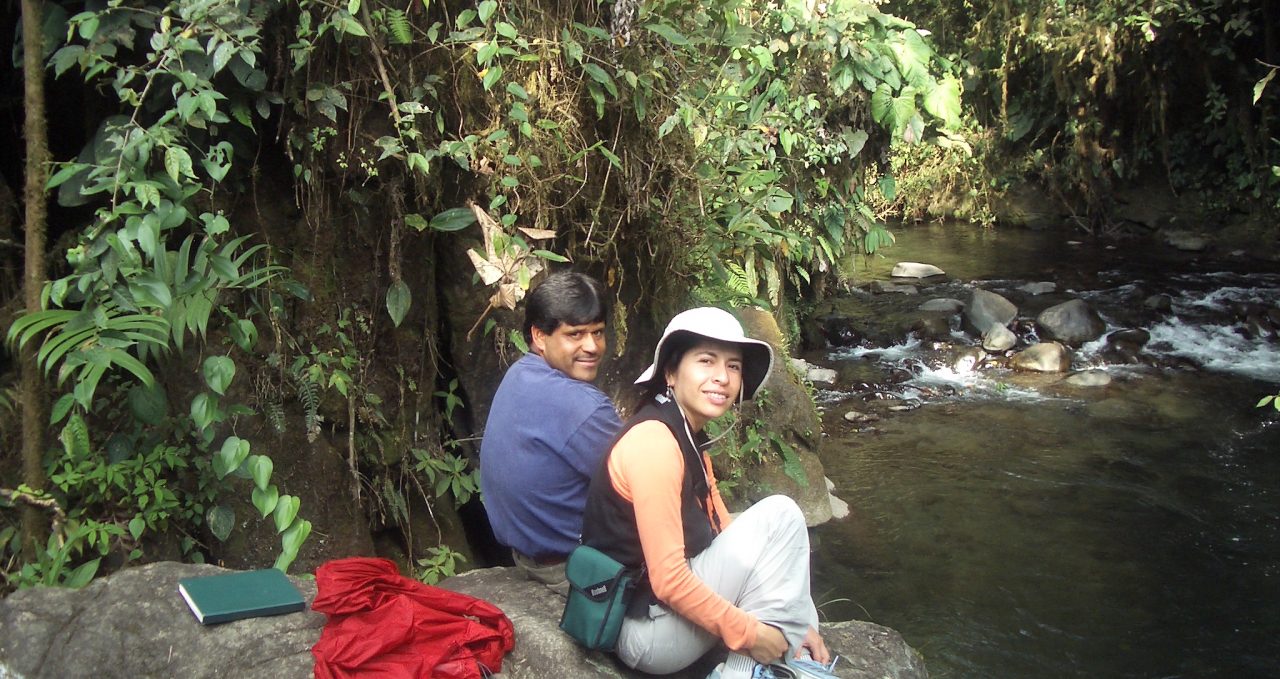
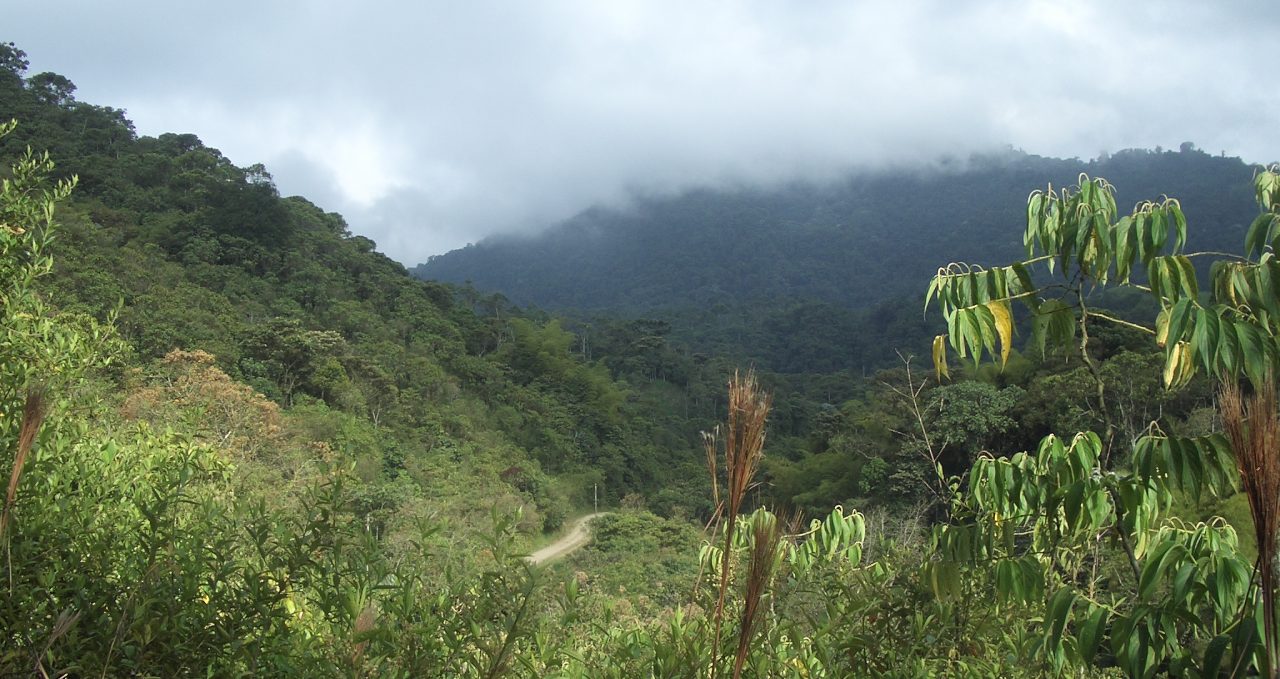
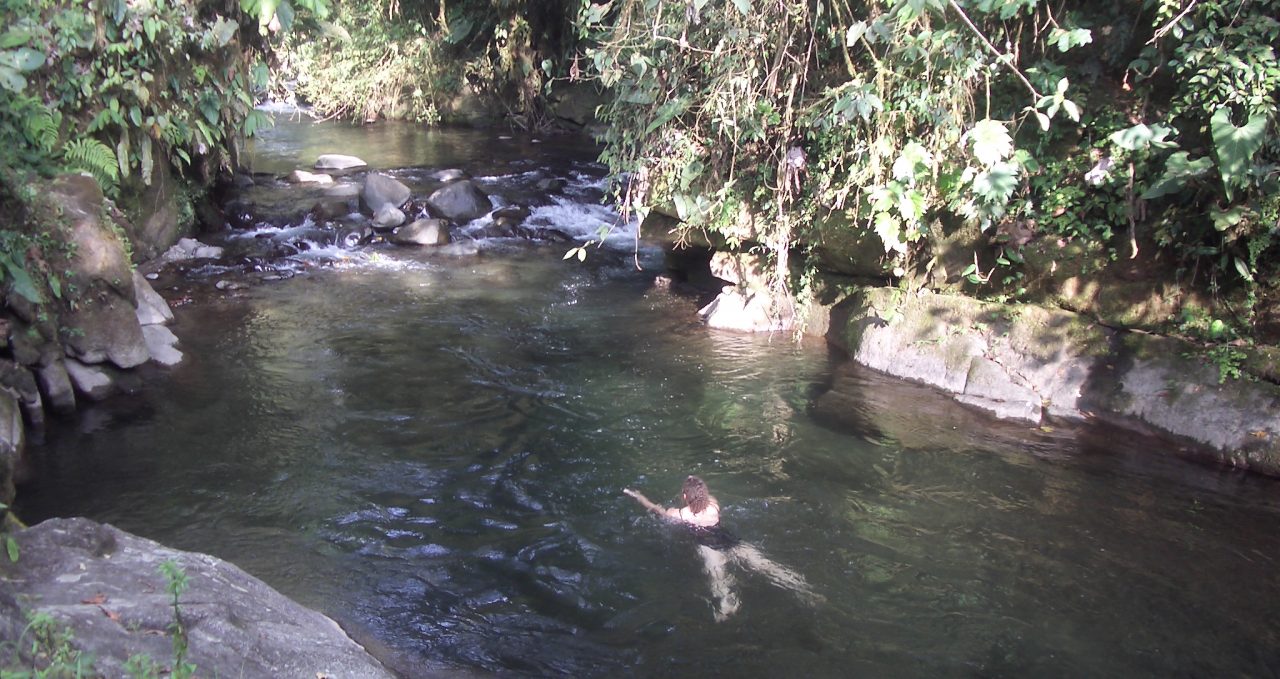
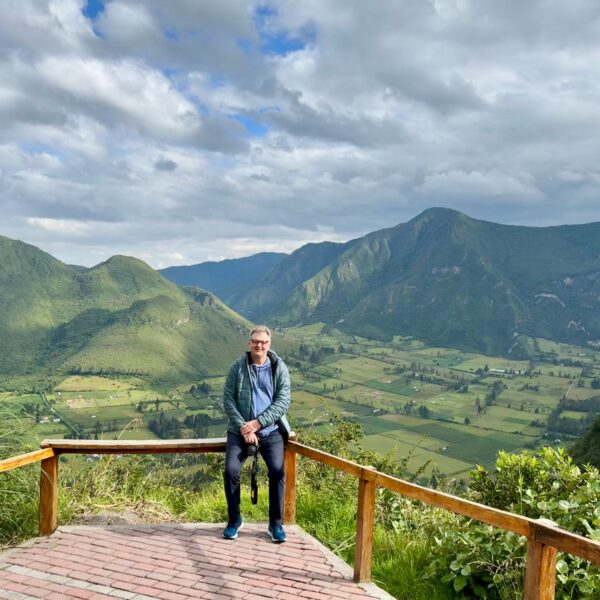
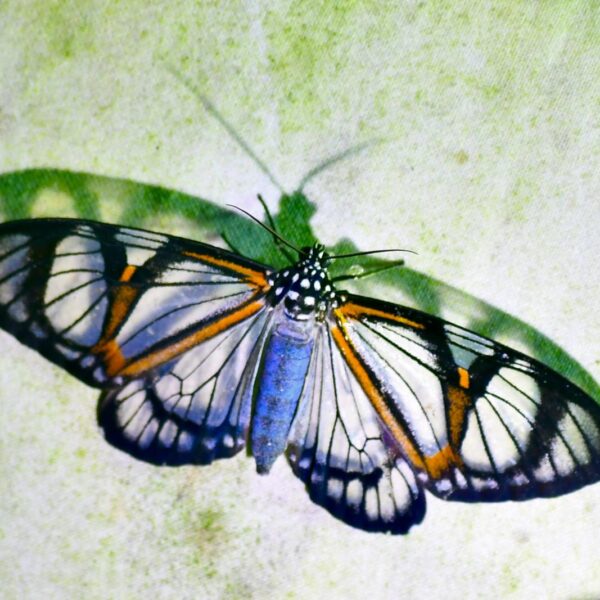
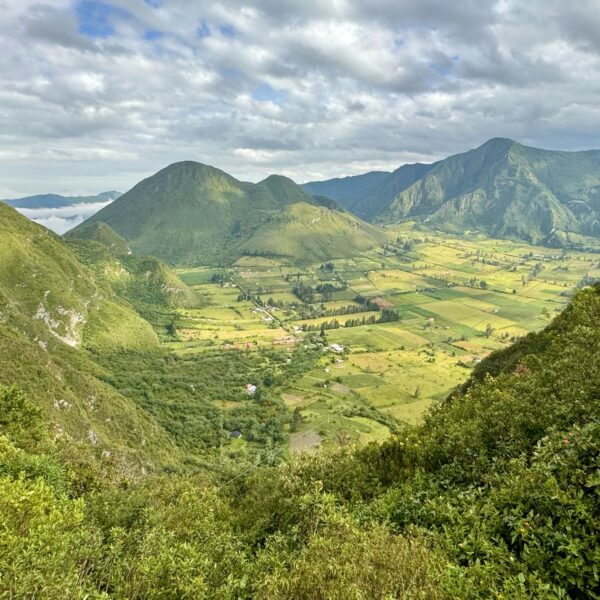
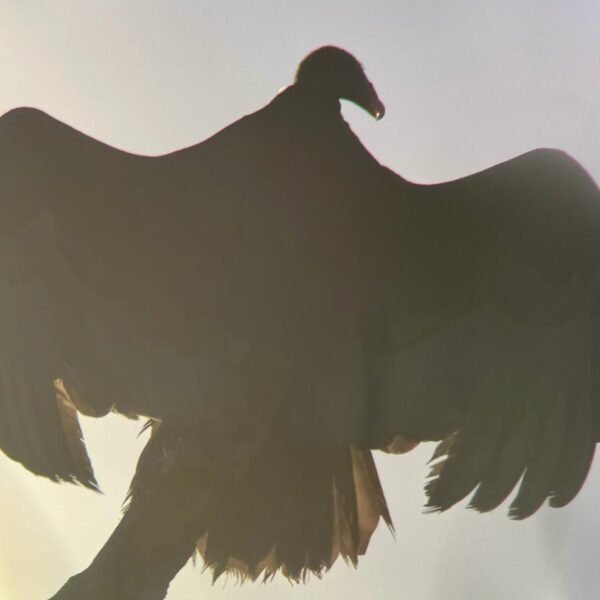
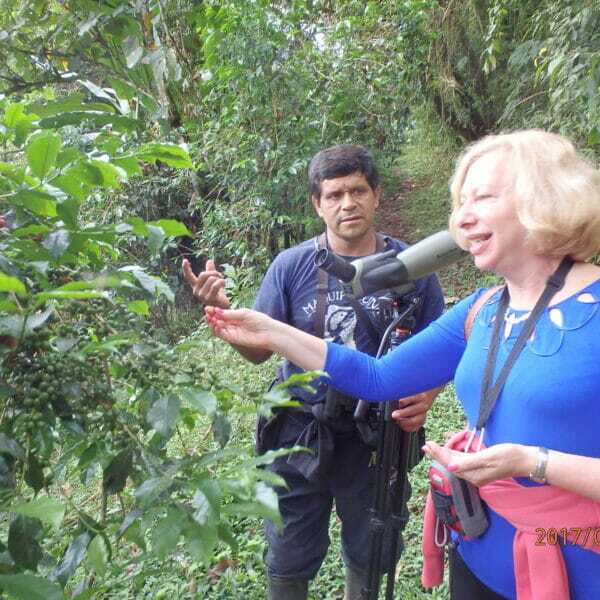
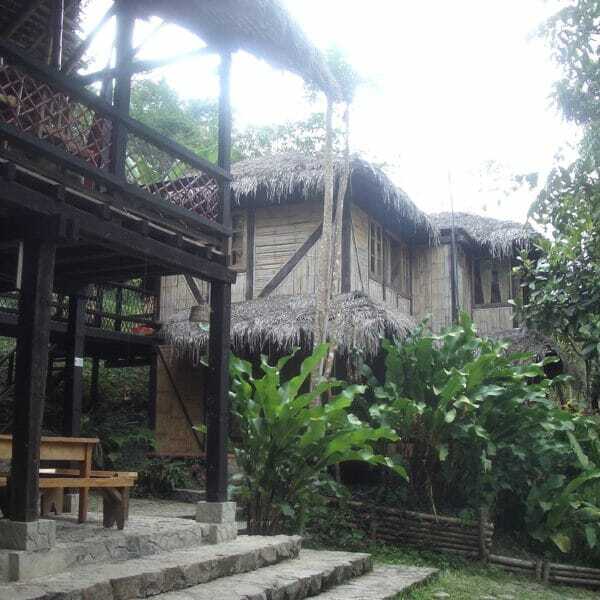
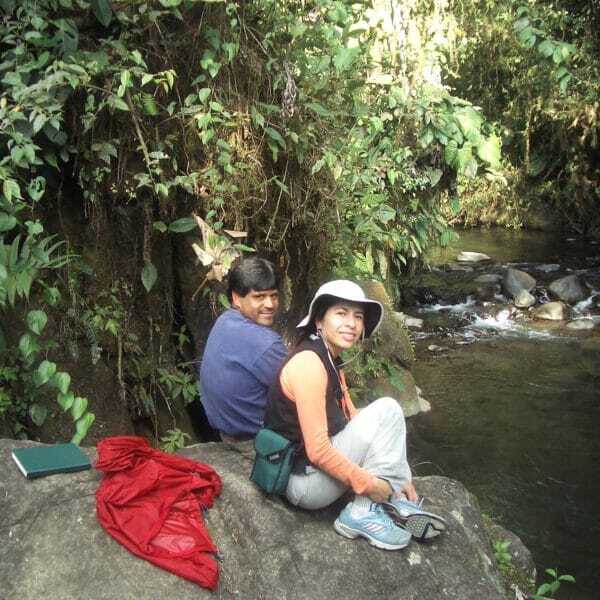
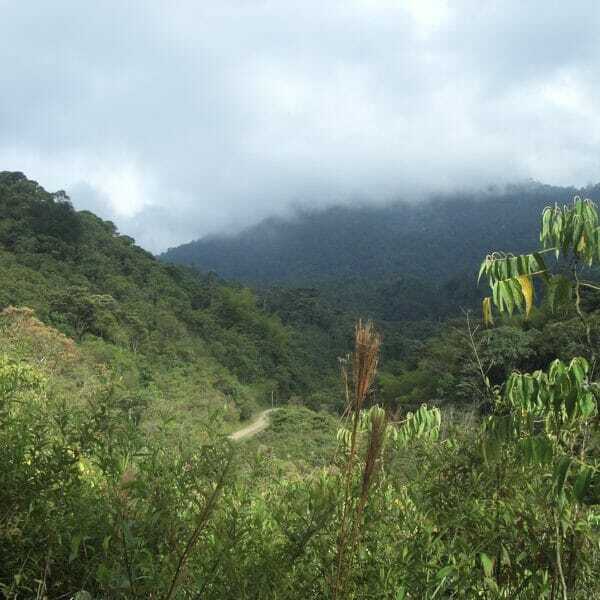
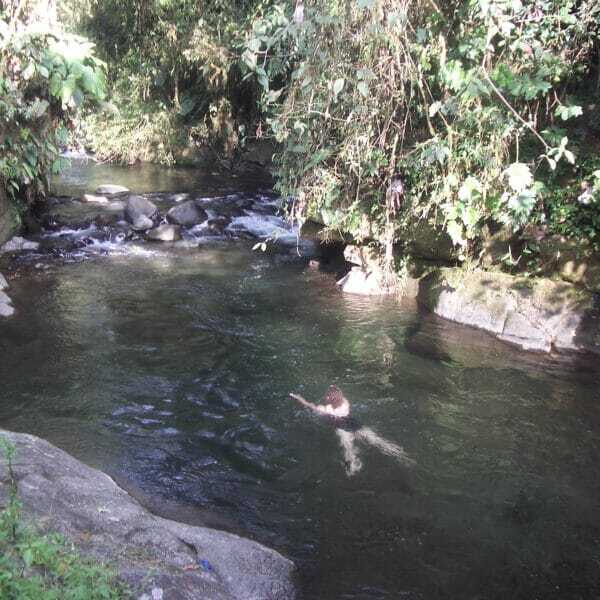
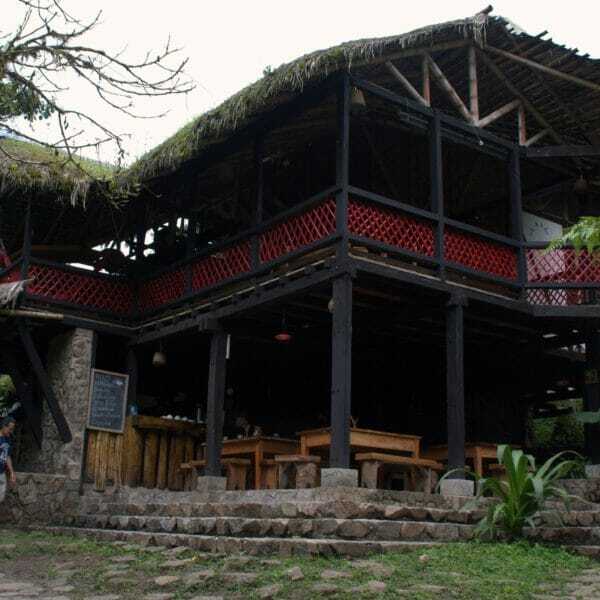
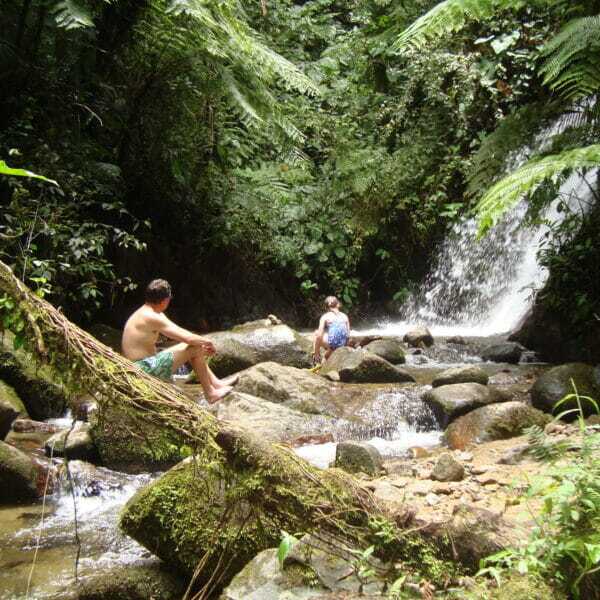
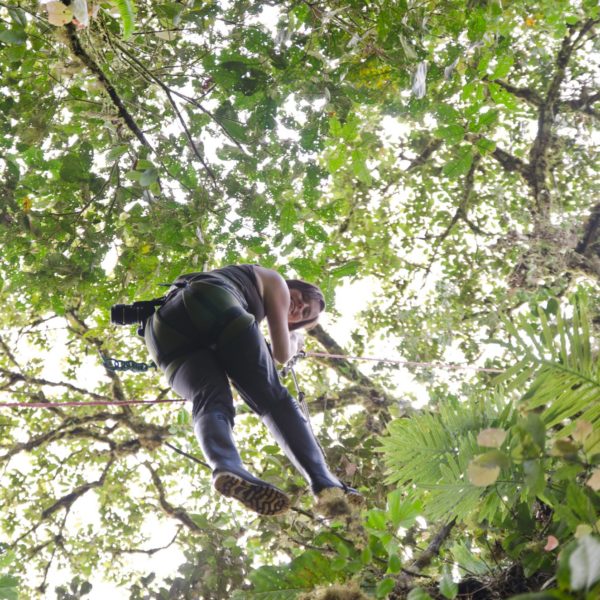
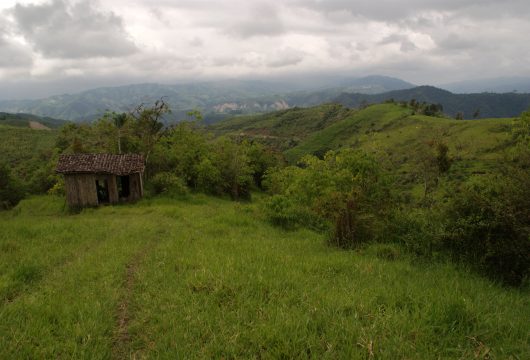
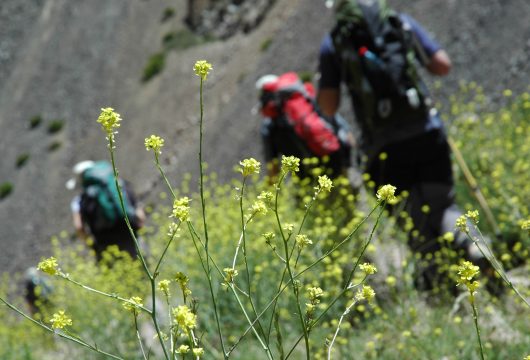
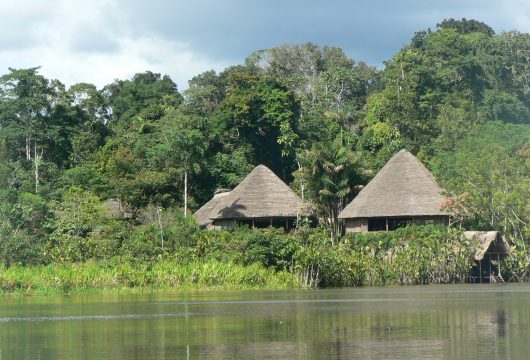
 a Group Tour
a Group Tour  a Tailor Made Tour
a Tailor Made Tour 